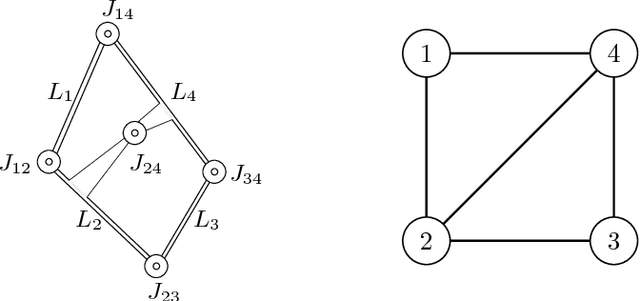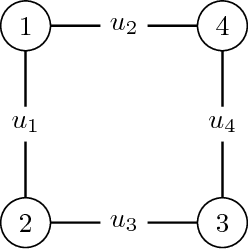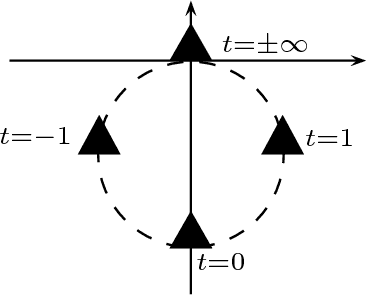Christoph Koutschan
Representing Piecewise Linear Functions by Functions with Small Arity
May 26, 2023Abstract:A piecewise linear function can be described in different forms: as an arbitrarily nested expression of $\min$- and $\max$-functions, as a difference of two convex piecewise linear functions, or as a linear combination of maxima of affine-linear functions. In this paper, we provide two main results: first, we show that for every piecewise linear function there exists a linear combination of $\max$-functions with at most $n+1$ arguments, and give an algorithm for its computation. Moreover, these arguments are contained in the finite set of affine-linear functions that coincide with the given function in some open set. Second, we prove that the piecewise linear function $\max(0, x_{1}, \ldots, x_{n})$ cannot be represented as a linear combination of maxima of less than $n+1$ affine-linear arguments. This was conjectured by Wang and Sun in 2005 in a paper on representations of piecewise linear functions as linear combination of maxima.
Planar Linkages Following a Prescribed Motion
Apr 05, 2016



Abstract:Designing mechanical devices, called linkages, that draw a given plane curve has been a topic that interested engineers and mathematicians for hundreds of years, and recently also computer scientists. Already in 1876, Kempe proposed a procedure for solving the problem in full generality, but his constructions tend to be extremely complicated. We provide a novel algorithm that produces much simpler linkages, but works only for parametric curves. Our approach is to transform the problem into a factorization task over some noncommutative algebra. We show how to compute such a factorization, and how to use it to construct a linkage tracing a given curve.
* 33 pages, 12 figures
 Add to Chrome
Add to Chrome Add to Firefox
Add to Firefox Add to Edge
Add to Edge